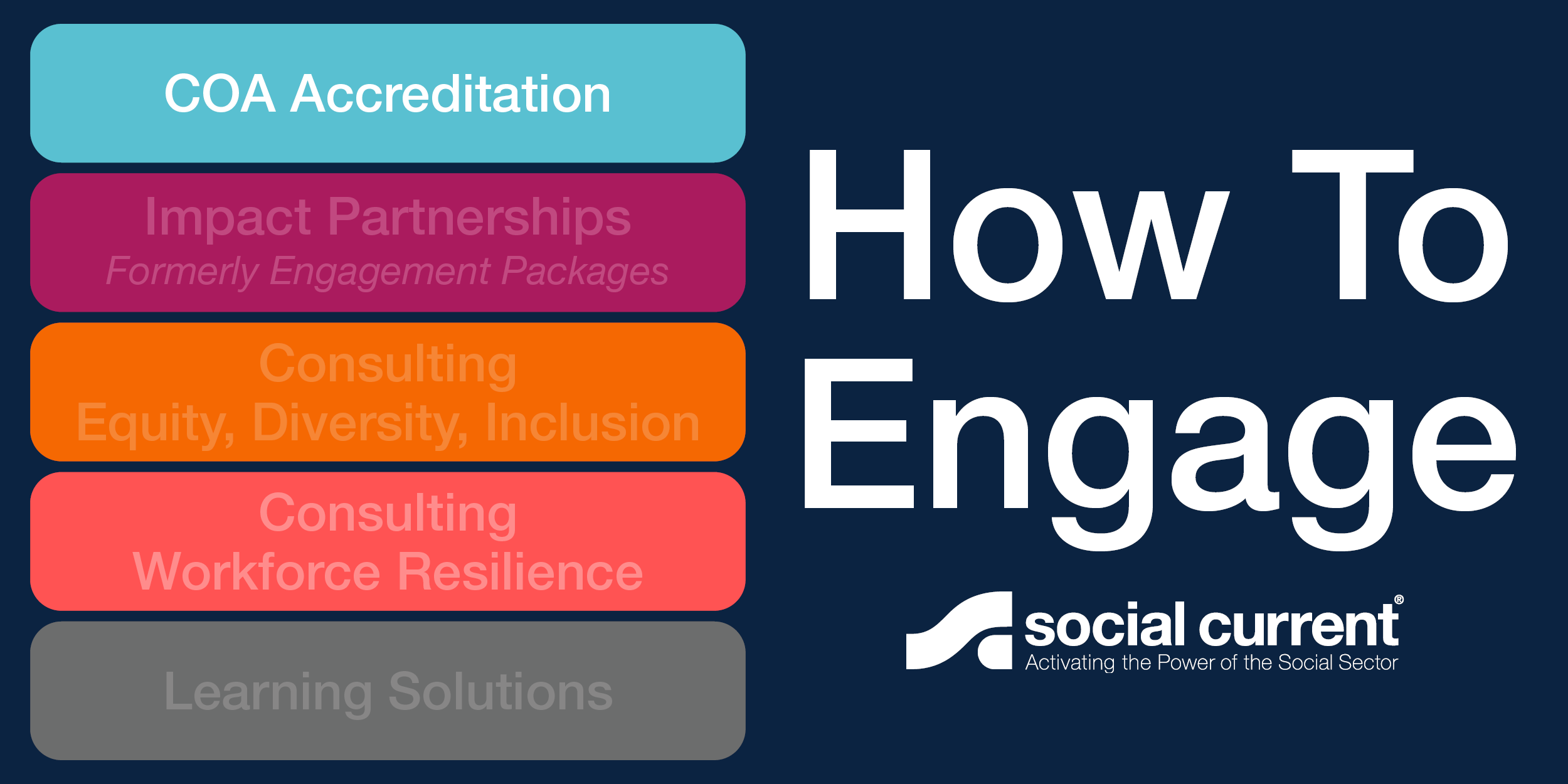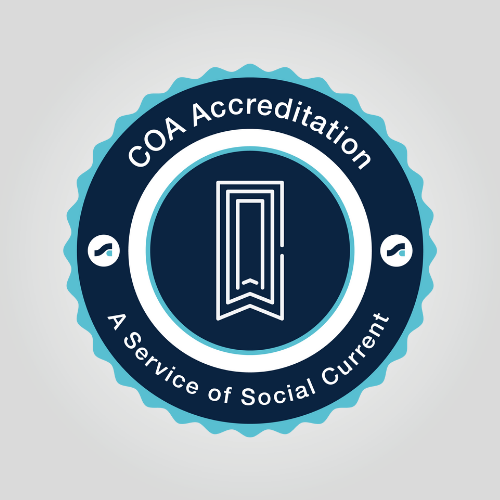COA Accreditation
Help! What Are the Differences Between Accreditation, Licensing and Certification?
One of the most frequently asked questions we get from organizations, is what the differences are between these three entities: accrediting bodies, licensing authorities, and certification organizations. Commonly there is overlap, but sometimes there are distinct differences. Before we explore those differences, there are a few points to highlight:
- Accreditation, licensing, and certification may vary by location and by the entity providing the credential. While we hope this article is helpful in providing a basic understanding, always be sure to check with your local jurisdiction to determine what is required.
- There is often an interdependence between these three categories. We discuss this correlation later in the post.
- Accreditation, licensing, and certification are not interchangeable terms. They each have a unique meaning and implication.
Now let’s walk through the definitions and examples of each category, and then take a look at some examples of how they can overlap. There’s an infographic at the end of the post that gives an overview of this discussion.
Accreditation
- Accreditation is both a process and a credential
- The accreditation process is voluntary
- Only organizations, agencies, or programs can be accredited
If an organization is accredited this means they conducted a thorough self-assessment and compared themselves to recognized standards of best practice. Accreditation means that the organization, agency, or program was able to demonstrate evidence of implementation to all of the relevant standards. It is a rigorous process conducted by a third party organization.
The process is voluntary; however regulating bodies often require accreditation in order to be licensed or certified. The accreditation process typically repeats every 2-4 years, depending on the accrediting body. Normally, individuals or private practices are not able to become accredited; however, some exceptions may exist.
Example:
The Council on Accreditation (COA) develops standards and guidelines for the accreditation of services delivered by behavioral health and social service agencies. The accreditation process is designed to assist agencies in implementing organizational structures (i.e. financial management), and processes of care (i.e. case-management) that will help them achieve better results in all areas, and ultimately improve the well-being of their clients. Organizations use their accredited status to demonstrate accountability to clients, funders and donors.
Accreditors of human and social services
The most common accreditors of human and social services are as follows:
Council on Accreditation (COA)
CARF
Joint Commission
Here’s a comparison between the above accrediting bodies.
Licensing
- Licensing exists primarily for public safety and the well-being of consumers
- Typically, licensing is involuntary
- Individuals, facilities, programs, organizations or agencies can be licensed
Individuals are often licensed by their respective state to practice counseling, social work, or nursing. Organizations may need to be licensed in order to provide a specific service such as services for substance use disorders or residential treatment. Practitioners and programs are required to be licensed or face penalties, including suspension or closing of agency.
Examples:
Under New York State law, no organization may operate an adult group home without a license.
In most states, including New York, individual social workers must have a clinical license in order to provide psychotherapy without supervision.
Certification
- Certification demonstrates the capability to provide a specialized service or particular program
- Typically, certification is voluntary, but sometimes regulatory bodies require certification in order to provide a specific service
- Individuals, facilities, programs, organizations or agencies can obtain certification
Certifications at the organizational level can definitely vary, including the terminology. Some structured evidence-based models require certification. In these cases, the certification can be called “authorized provider” or “approved site.”
Example:
We also often see certifications for individuals. Many schools of social work have certificate programs. For example, Tulane University in New Orleans, Louisiana offers a certificate in Family Practice. This is an opportunity for students to get a specialized education and accrue experience in this specialized area which they can include on their resumes.
Understanding the correlation between accreditation, licensing and certification
More and more, regulating bodies are requiring that organizations become accredited or certified in order to be a licensed provider in their respective state.
Examples:
Effective January 1, 2017 in California foster care providers must be accredited or in the process of being accredited to qualify as a licensed provider. We call this a recognition, the state is recognizing the value of accreditation and using it to identify credible and accountable organizations who have implemented best practices.
In Nebraska, organizations must be certified in Functional Family Therapy (FFT LLC) to be a licensed provider. In this example, the state is relying on a certification to ensure that specific models are implemented and relying on FFT LLC to track the fidelity of the program model.
Final takeaways
- Always pay attention when you see the words “license,” “certification,” and “accreditation.” Whether you are applying for a grant or soliciting funds from a donor, be sure to use the appropriate terms and understand what the entity is requesting.
- Don’t be afraid to ask about what the terms mean. With so many different regulating bodies out there, you want to be sure that you are all on the same page.
- Never make false claims about your credentials; you will always need documentation to support your status. Not that organizations would intentionally make a false claim, but accidentally using the wrong terminology can lead to problems.
- Stay on top of the changes and requirements of your regulating or accrediting bodies. This can be a challenge in our ever-evolving field. When there’s transition, licensing, certifying, and accrediting bodies must adjust as well. A great way to bolster your risk prevention activities is to have an internal process that regularly reviews changes in requirements. Subscribe to COA’s newsletter for standards updates.
We hope you now have a better understanding of these terms, or at least with recognizing when you need to ask more questions to ensure that your organization remains in good standing with all entities that have a stake.
Here’s an infographic summarizing what we went over in this post, feel free to share it!



